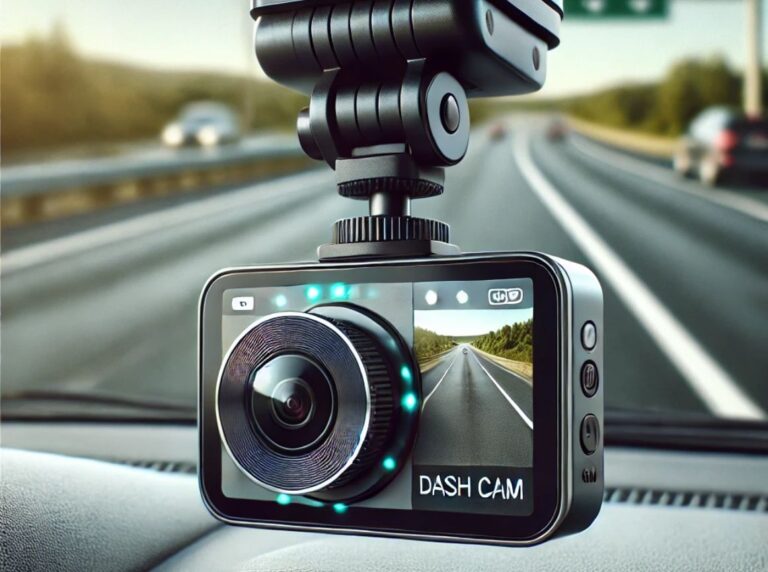Introduction to Dash Cam Technology
Ud23374b-a c6s 行车记录仪用户手册v1.0.0. In recent years, dash cams have become an essential tool for vehicle safety and evidence collection. Whether for personal use or fleet management, a dash cam, or 行车记录仪 (vehicle camera recorder), offers drivers peace of mind by providing real-time video documentation of events on the road. The User Manual Version 1.0.0 of a dash cam provides users with all the necessary instructions to efficiently install, operate, and manage their dash cam devices. This guide dives deep into how to properly use your dash cam and how it can enhance your driving experience.
Key Features of Dash Cams
Modern dash cams come with a variety of powerful features, making them more than just simple recording devices. Here are some features that differentiate advanced dash cams:
- High-Resolution Video Recording: Capture every detail on the road, whether in 1080p or even 4K quality.
- Loop Recording: Automatically overwrite old footage with new recordings when the memory card reaches its capacity.
- G-Sensor and Emergency Lock: This sensor detects sudden impacts or acceleration and locks the relevant footage to prevent it from being overwritten.
- Wide-Angle Lens: Provides a broader field of view, ensuring the camera captures as much of the road as possible.
- Night Vision Capabilities: With infrared LEDs or enhanced low-light sensors, modern dash cams can record even in poor lighting conditions.
- GPS Integration: Track your vehicle’s location and speed during the journey.
- Parking Mode: Monitors your vehicle while it’s parked, providing 24/7 surveillance in the event of vandalism or hit-and-run incidents.
Understanding these features allows drivers to make the most of their dash cam and ensure maximum protection on the road{ Ud23374b-a c6s 行车记录仪用户手册v1.0.0.
How to Set Up Your Dash Cam
Step 1: Unboxing and Checking Components
Upon receiving your dash cam, the first step is to unbox it and verify that all components are present. Standard items include:
- The dash cam unit
- A power cable (usually USB-based or 12V socket compatible)
- A mounting bracket (suction or adhesive)
- A microSD card (if included)
- The user manual (行车记录仪用户手册)
Make sure everything is in working order before beginning the installation process.
Step 2: Inserting the MicroSD Card
A dash cam requires a microSD card to store footage. Most modern dash cams support cards up to 128GB or higher, but it’s important to check the manual for the recommended card type. Insert the card into the appropriate slot, typically located on the side or bottom of the unit. Format the card within the camera’s settings to ensure compatibility: Ud23374b-a c6s 行车记录仪用户手册v1.0.0.
Step 3: Mounting the Dash Cam
The position of your dash cam is crucial for capturing optimal footage. Use the following guidelines when mounting:
- Position the camera on the windshield behind the rear-view mirror to ensure the lens has an unobstructed view of the road.
- Clean the area where you’ll place the adhesive or suction mount to ensure a secure fit.
- Attach the dash cam and adjust the angle so it captures both the road ahead and your vehicle’s hood for reference.
Step 4: Connecting the Power Source
Plug the power cable into the dash cam and connect it to your vehicle’s 12V power outlet (formerly known as the cigarette lighter socket). If your dash cam supports hardwiring kits, you can connect it directly to the vehicle’s fuse box for a cleaner setup. Make sure the cables are safely tucked away using cable clips or tucking them along the edge of the windshield; Ud23374b-a c6s 行车记录仪用户手册v1.0.0.
Step 5: Configuring Initial Settings
Once the dash cam is powered, navigate through the menu settings to customize the camera’s functionality. Important settings include:
- Resolution and frame rate for video recording
- G-sensor sensitivity to detect collisions or sudden movements
- Loop recording length (e.g., 1 minute, 3 minutes, or 5 minutes)
- Time and date settings for accurate timestamping
- Audio recording preferences (if you wish to capture in-cabin conversations or sounds)
Configuring these settings ensures that your dash cam records as per your personal preferences and driving conditions: Ud23374b-a c6s 行车记录仪用户手册v1.0.0.
Using Your Dash Cam for Everyday Driving
Daily Recording
With everything set up, your dash cam will automatically begin recording when you start your vehicle. The loop recording feature ensures continuous recording, and in case of an accident or significant event, the G-sensor locks the video file to prevent it from being overwritten.
It’s essential to periodically check your dash cam’s memory card and footage quality to ensure that it’s functioning properly. Regularly formatting the memory card within the dash cam (every few months) can also prevent corruption issues: Ud23374b-a c6s 行车记录仪用户手册v1.0.0.
Retrieving and Viewing Footage
To review or download footage, there are a few methods:
- On-device playback: Some dash cams feature built-in screens or allow for HDMI/AV connections to a monitor.
- Mobile app: Many modern dash cams support Wi-Fi or Bluetooth, allowing users to connect their smartphones directly to the dash cam to view or download footage.
- Computer: Remove the microSD card and insert it into your computer’s card reader to view footage.
Parking Mode and Surveillance
One of the most beneficial features of a Ud23374b-a c6s 行车记录仪用户手册v1.0.0 is its parking mode. When activated, the camera continues to monitor your vehicle while it’s stationary, either through motion detection or by activating upon detecting an impact. This feature can be extremely valuable in crowded parking lots, protecting you from hit-and-runs or vandalism.
To enable this mode, ensure that your dash cam has either a built-in battery or is connected to a continuous power supply via a hardwiring kit. Some models also support external battery packs to avoid draining your vehicle’s battery.
Troubleshooting Common Issues
Despite being a user-friendly device, there are instances where issues can arise. Here are some common problems and solutions:
- Dash cam not turning on: Check the power connections, ensuring the cable is securely plugged in. If the problem persists, try using a different power source or cable.
- Footage not recording: Ensure the microSD card is properly formatted and has adequate storage space. If needed, reset the dash cam to its factory settings.
- Video is blurry: Clean the camera lens regularly. Check your dash cam settings to ensure that the video resolution is set to the highest possible quality.
- G-sensor is too sensitive: If the G-sensor locks files too frequently, reduce its sensitivity in the settings.
Conclusion
A Ud23374b-a c6s 行车记录仪用户手册v1.0.0 is an invaluable tool for every driver, enhancing road safety, and offering crucial evidence in case of accidents or disputes. Following the detailed instructions in this User Manual Version 1.0.0, you can confidently install and operate your dash cam to maximize its potential.




